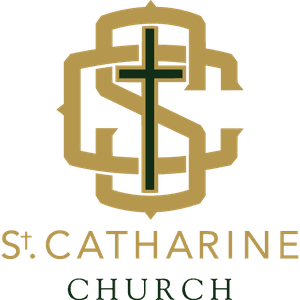“Every one who has heard and learned from the Father comes to me.”
John 6:45
Michael Denz - Director of Adult Faith Formation
Great Catholic Links
The Catechism of the Catholic Church
Eternal Word Television Network
Find Mass Times Anywhere in USA
Apologetics - Defending the Catholic Faith
National Catholic Register Newspaper
"Take my yoke upon you, and learn from me; for I am gentle and lowly in heart, and you will find rest for your souls."
Matthew 11:29
Five Lessons We Can Take Away From the Life of Saint Catherine
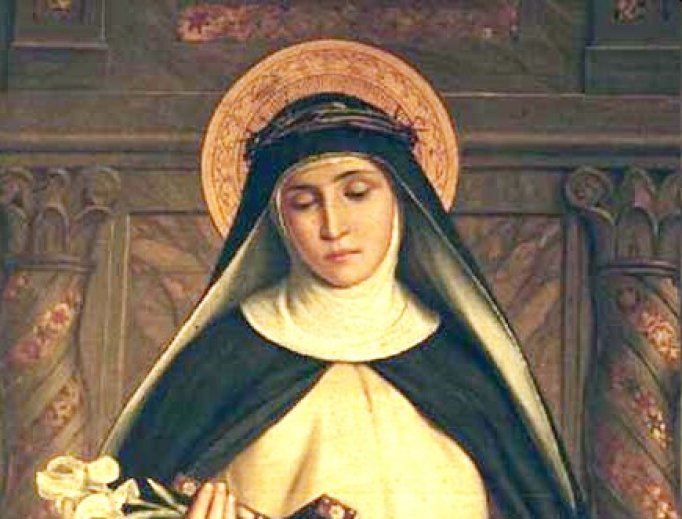
From: ourcatholicradio.org/blog
In her wonderful little children’s book about the life of Saint Catherine of Siena, author Mary Fabyan Windeatt writes, “We all know [Saint Catherine] is a great saint, not because she had visions and wonderful favors from God, but because she was not afraid to do whatever God asked of her.”
We have so much to learn from the saints, but the lessons aren’t necessarily what we’d expect. In his General Audience of November 24, 2010, Pope Benedict XVI reflected on the life, the teachings, and the impact Saint Catherine had—not only upon Italy, but upon us all.
Here are five lessons we can take away from the life of Saint Catherine:
1. Saints give us a “jolt.”
In his reflections, Pope Benedict said, “Even in the most difficult times, the Lord does not cease to bless His People, bringing forth Saints who give a jolt to minds and hearts, provoking conversion and renewal. This jolt ‘impels us to walk courageously toward holiness, to be ever more fully disciples of the Lord.’”
People followed Catherine wherever she went, sensing that she was very special. Sinners came to her as well, and in fact several priests often followed her around to hear the confessions of all those who listened to Catherine speak of God’s love for them and urge them to repent.
2. Saints are rooted in the basics.
Pope Benedict said of Saint Catherine that she “dedicated herself to prayer, penance, and works of charity.”
For the saints, greatness is rooted in the Works of Mercy. In Matthew 5:16, Jesus says, “Just so, your light must shine before others, that they may see your good deeds and glorify your heavenly Father.”
People were drawn to Catherine because of the prayerful, humble, loving, and sacrificial way in which she conducted herself on a daily basis. As she was dying, Catherine confessed that she felt as if she had failed in her mission to bring about world peace — but she had certainly not failed at the most important thing, which is loving God and carrying out His desires.
We are not asked to be the smartest, the strongest, the fastest, the wealthiest, or the most popular. Instead, we are asked to be loving, compassionate, faithful, and trusting in our Lord.
3. Saints embrace suffering.
Catherine begged our Lord that she might suffer for those people who would not say prayers or do penance for their sins. And the Lord allowed it.
In fact, He even pierced her hands, feet, and side in the same way Jesus’ wounds were inflicted during his passion. Nobody except Catherine could see these wounds — yet, she carried them for the rest of her life.
Often, our own suffering is not visible on the outside; those around us are unaware of our anguish. Like Catherine, we are called to offer our suffering to God, for the conversion of sinners and the salvation of souls.
4. Saints don’t have to be brilliant or prolific.
As a child, Catherine learned to read only with great difficulty, and she didn’t learn to write until she was an adult.
Her body of writing is quite small, consisting only of her Dialogue, a collection of Letters, and a small handful of prayers.
As a child of six, Catherine’s only wish was to become a hermit; to live alone in a cave so that she might think of the Lord always without distraction. (Thankfully, the Lord convinced her to return home to become His servant among her own family members and in her little community.)
She did not dream of wealth, fame, intelligence, or beauty. All she wanted to do in life was love and serve the Lord.
5. Saints are totally focused on God’s love.
Pope Benedict XVI reminds us, “Like [St. Catherine], every believer feels the need to be conformed with the sentiments of the heart of Christ to love God and his Neighbor as Christ himself loves.”
When we love like Jesus loves, we accept, forgive, withhold judgement, offer support, and give hope. Matthew 25:38-40 says, “Then the righteous will answer him and say, ‘Lord, when did we see you hungry and feed you, or thirsty and give you drink? When did we see you a stranger and welcome you, or naked and clothe you? When did we see you ill or in prison, and visit you?’ And the king will say to them in reply, ‘Amen, I say to you, whatever you did for one of these least brothers of mine, you did for me.'"
Catherine focused her whole heart upon serving those in her family, her community, and eventually, her country.
Indeed, Jesus has Risen!
A Palm Sunday Reflection
From EWTN.com
They brought the colt to Jesus and threw their cloaks across its back, and he sat on it.
-Mark 11:7
His coming is a revelation, a radical, total revelation of God’s holiness. ”Holy, Holy, Holy Lord, God of power and might. Heaven and earth are full of your glory...” Precisely this Week which humanly speaking is filled to the brim with suffering, humiliation, despoliation, in a word, with the kenosis of God this Week contains the revelation of God’s holiness, the culmination of world history. “Holy, Holy, Holy.... Hosanna in the highest”....
To embrace the Cross on this day, to pass it from hand to hand, is a very eloquent gesture. It is like saying: Lord, we do not want to stay with you only at the time of the “Hosannas”, but with your help we want to accompany you on the way of the Cross as did Mary, your mother and ours, and the Apostle John. Yes, O Lord, because “You have the words of eternal life” (Jn 6:68), and we have believed that precisely your Cross is the word of life, of eternal life!
Lenten Fact
According to the account of a fifth-century Spanish pilgrim to the Holy Land, Passion Sunday Mass was celebrated in Jerusalem at the Church of the Holy Sepulchre. After this the people were invited to meet again in the afternoon at the Mount of Olives, in the Church of Eleona (the grotto of the Our Father). They then proceeded to the Church of the Ascension for a service consisting of hymns and antiphons, readings and prayers, where at five o’clock in the afternoon the Gospel of the palms was read and the procession set out for the city. The people responded to the antiphons with the acclamation, “Blessed is He who comes in the name of the Lord,” as we say even today.
Lenten Action
A diet of amoral and immoral programs can and will corrupt your values. Do you control the media you watch and listen to?
Prayer
Lord, you have satisfied our hunger with this eucharistic food. The death of your Son gives us hope and strengthens our faith.
May his resurrection give us perseverance and lead us to salvation. We ask this through Christ our Lord. Amen.
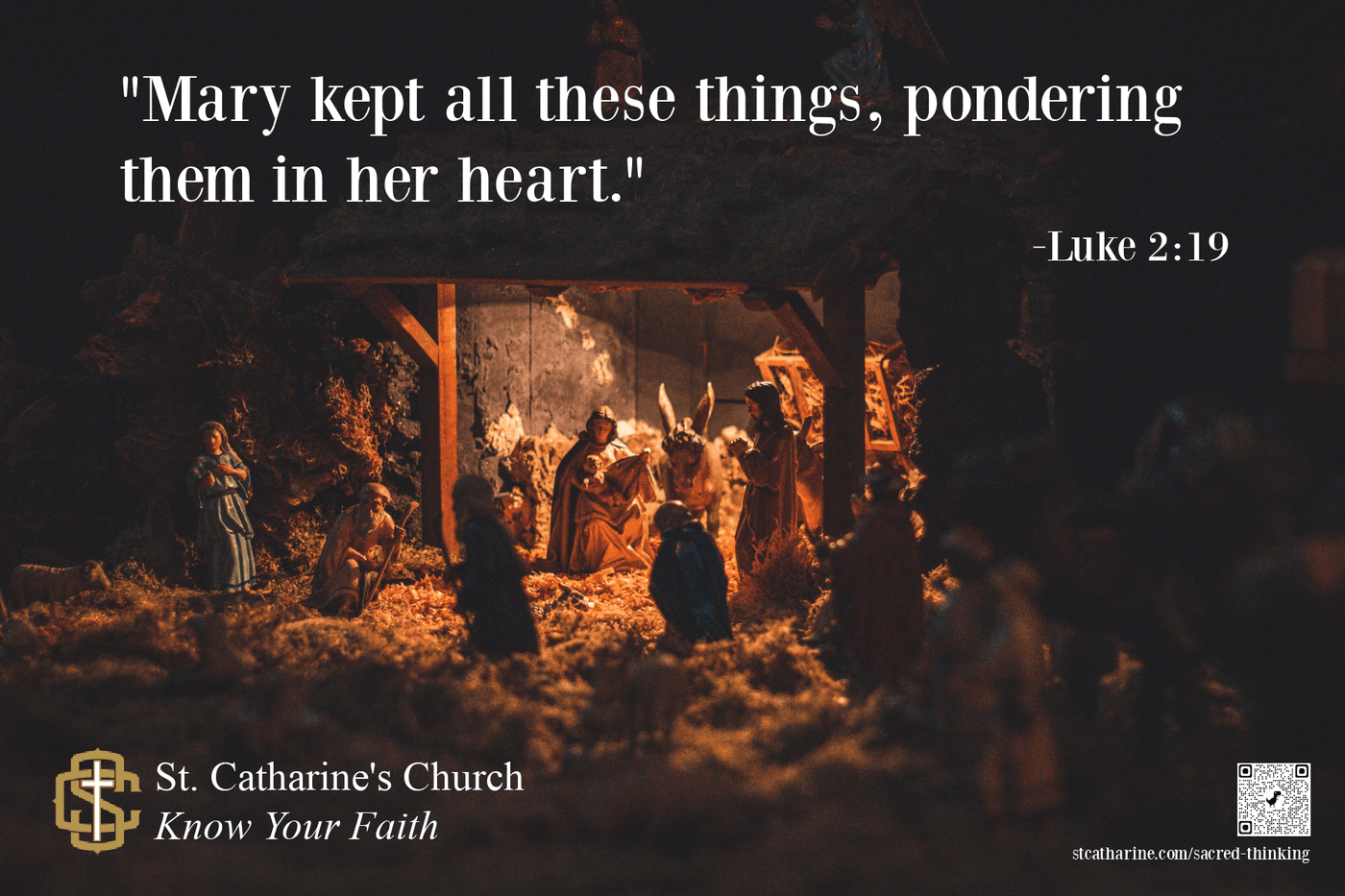
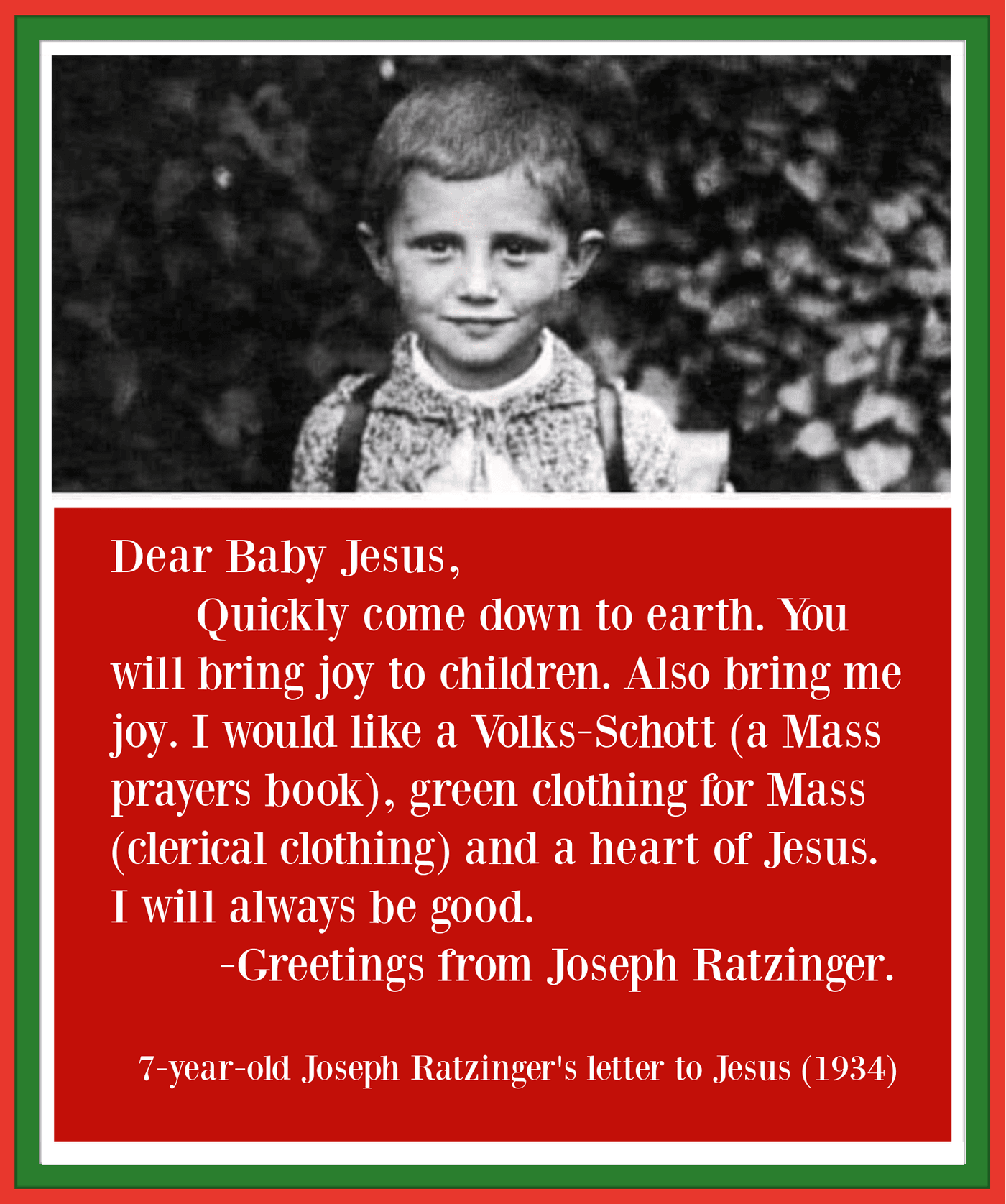
Is It a Sin to Doubt God’s Existence?

There is a kind of doubt to be avoided, but not all doubt is spiritually unhealthy.
By MATT NELSON • 11/28/2023 – Catholic Answers (www.catholic.com)
Few Christians can honestly say they have never had their belief in God tested. Most of us have encountered difficulties along the path of faith and have been tempted, perhaps when experiencing suffering and evil, to reconsider our convictions.
Not even the saints are exempt from such temptations. Mother Teresa, for example, experienced profound temptations to religious doubt. In a letter to her confessor, she wrote, “Do not think that my spiritual life is strewn with roses—that is the flower which I hardly ever find on my way. Quite the contrary, I have more often as my companion ‘darkness.’”
To some, this might appear scandalous. How can saints experience such temptations? And what should we, who are far less holy, make of our own hesitations to believe?
Before we move forward, I should clarify what I mean by the term doubt. I do not mean what Bl. John Henry Newman meant in his Apologia Pro Vita Sua when he noted, “Ten thousand difficulties do not make one doubt. . . . Difficulty and doubt are incommensurate.” Here he refers to a willful rejection of belief. In contrast, what I mean here by doubt is closer to what Newman meant by difficulty.
Doubt presupposes belief, or the acceptance of something as true based on the authority of another—and wherever belief is, doubt tends to follow. Why? Because we are keenly aware of human fallibility. We know we can (and do) get things wrong or partially right, and we know that this is true about others. So no matter how certain we might feel in our convictions, there is always a chance that a “perhaps” moment of doubt will surface. “Perhaps I am wrong,” we might admit. “Perhaps it isn’t true.”
When it comes to spiritual matters, doubt and belief come as a package deal. It is not only believers who must face this reality, but unbelievers, too. Even the most hardened atheist must eventually choose to accept a truth about what he cannot see. And he must face the fact of his own intellectual limitations. Thus, a “perhaps” moment is no less likely for the unbeliever: “Perhaps it is true,” he may privately and even painfully wonder.
The point is that doubt can be understood as a natural possibility that arises from authentic belief. Thus, Pope Benedict XVI (as Cardinal Ratzinger) wrote in his Introduction to Christianity:
Both the believer and the unbeliever share, each in his own way, doubt and belief if they do not hide from themselves and from the truth of their being. Neither can quite escape either doubt or belief; for the one, faith is present against doubt; for the other, through doubt and in the form of doubt.
Atheism, or the willful rejection of God’s existence, is a sin against the virtue of religion since God has adequately revealed himself in nature (Catechism of the Catholic Church 2125, Rom. 1:18). So doubt in the absolute sense is bad. But doubt in the form of a temptation is—like any temptation we experience passively—not a sin. In fact, inasmuch as it stimulates us to contemplate further the mysteries of Christianity, a trial of faith may refine and strengthen our religious conviction and thus be considered a good. Fr. Dwight Longenecker suggests that we “experience trials in the faith for three reasons: to strengthen us, to clarify our beliefs, and to help us proclaim the gospel.”
Doubt compels us to examine our deepest convictions about reality. And as Socrates implied in one of his famous maxims, only the examined life is worth living. Therefore, doubt makes life interesting because it forces us to think about reality. It awakens the mind and restores the will. It compels us to make new or renewed decisions about where we are going in life. G.K. Chesterton, a convert from agnosticism, understood the potential value of doubt when he remarked, “Man must have just enough faith in himself to have adventures, and just enough doubt of himself to enjoy them” (Orthodoxy).
A good illustration of the tension between doubt and belief can be found at the Council of Elrond in Tolkien’s Lord of the Rings, when Frodo vows, “I will take the Ring, though I do not know the way.” It is clear that Frodo doesn’t know how he is going to pull it off. It is also clear that his will is fixed: he will march forward despite the thousand difficulties clamoring in his imagination.
When we face doubts—or difficulties—regarding our belief as Catholics, we encounter a similar choice. Will we march forward in faith and seek out answers? Or will we turn our backs on the path we have trodden in faith? It is only when the believer chooses unbelief that doubt results in sin. It all comes down to the will.
Mother Teresa, like all the other saints who experienced severe temptations to doubt, had an iron will. When she wrote in the above letter to her confessor that she has had “more often as [her] companion ‘darkness,’” she did not end her thoughts there. In fact, the next line revealed the true depth of her faith, despite extreme trial: “And when the night becomes very thick—and it seems to me as if I will end up in hell—then I simply offer myself to Jesus.”
She overcame doubt, above all, by standing firm in her faith and entrusting herself to the Savior she knew but could not feel. The little saint of Calcutta chose to walk by faith and not by sight, and we are all called to do the same. For “the men signed of the cross of Christ,” as Chesterton muses in his Ballad of the White Horse, “go gaily in the dark.”
An Advent Idea
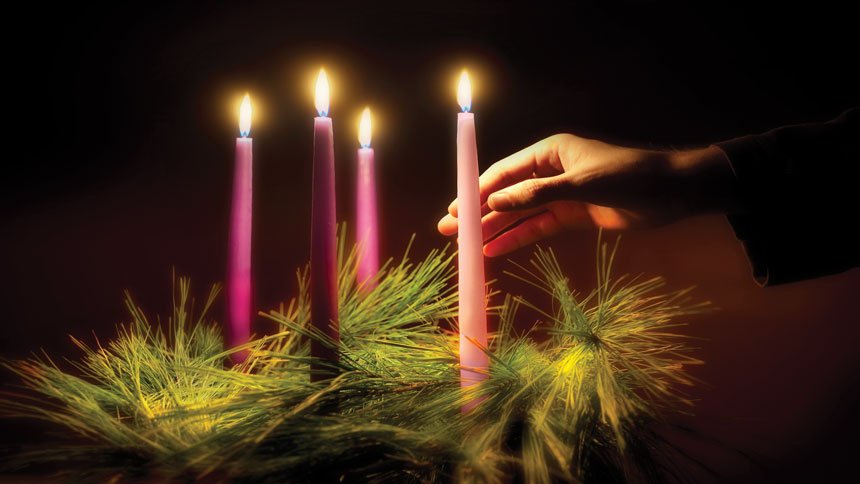
Advent means coming or approaching. Christmas is approaching and with-it special graces God wants to give us. The Gospel readings during the Sundays of Advent include St. John the Baptist encouraging us to prepare the way for Jesus. For us this means preparing ourselves for Jesus, Who on Christmas Day wants to pour His love, His life and His power into our very being.
How are we supposed to prepare for this?
Here’s what I suggest. Go to Jesus, in Eucharistic Adoration if possible, and ask Him, “What can I do this Advent to allow you, Jesus, to come to me on Christmas and be as open as possible for all you want to give me?” Do this every day during the first week or two of Advent.
Imagine a one-year-old child learning to walk beside his father. Dad is holding out his hand for his child to hold as they walk across the living room floor. Less than halfway the child sees the dog playing in the corner, lets go of dad’s hand, moves toward the dog, and falls down. Dad helps him up and he takes his dad’s hand. After a few steps the child, seeing a toy, lets go of dad’s hand and stumbles awkwardly toward the toy, falling once again. Dad helps him up again, and holding his hand, they continue.
What causes you to let go of Jesus’ hand?
If we ask Jesus, He will help us see the things that we need to do so we can keep our focus on Him, not let go, and learn to walk with Jesus. Like a father, Jesus doesn’t ridicule us when we fall, but loves how we keep getting up again.
Once you think you know what Jesus wants you to do, tell a priest or good Catholic friend about it. Tell them you came to this in prayer and ask them what they think. This is called, “testing the spirit.” It is a Scriptural practice of Christians to kind of “verify,” with another good Christian, whether something we think God is telling us in prayer is really God.
Then take the rest of Advent asking Jesus to help you do the thing you need to do to allow Jesus closer to you. Make a conscious effort to do this, every day.
Then, on Christmas Eve, thank Jesus for coming once again, into your heart and soul on Christmas. When you go to Mass thank Jesus for the special Christmas graces He pours on us during this most holy day. Thank Jesus for helping you to allow Him closer to you, for without Him we can’t do anything.
Have a most blessed Advent and a very Merry Christmas!
What is the Church?
A building? A philosophy?
A religious organization?
A group of like-minded people?
A set of moral rules? A place to belong?
… or is the Church much, much more?

Here is how to find the answers...
The Catechism on the Church
The Catechism of the Catholic Church, from paragraphs 748 to 945, beautifully explain what the Church is all about. As the Church's official teaching, this is an excellent place to begin and learn from. You can also read this section of the Catechism online by clicking HERE.
20 Answers on the Church

In 20 Answers: The Church you’ll find smart, solid answers to these questions and many more. Jesus founded the Catholic Church to carry on through history his mission of teaching and sanctifying his followers. Though on an earthly level it is made up of sinners, it is holy, because Jesus its head is holy. Though its human leaders are fallible, it never fails to proclaim authentic Christian truth, because it is protected by the Holy Spirit. It is Christ’s mystical body and his spotless bride, his chosen instrument of salvation for the world.
You can find this book in the book racks at the north and south entrances of our church, or by clicking HERE.
The Early Church was the Catholic Church
The Catholic Witness of the Fathers in Christianity's First Two Centuries
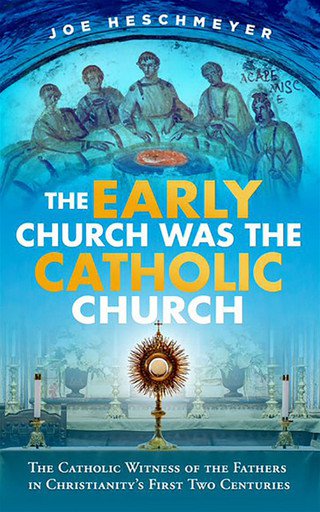
When it comes to the history of Christianity, the Catholic Church makes a pretty bold claim: that the earliest Christians were Catholics—and that their beliefs and practices have continued unbroken all the way to the present-day Church. But the Last Supper was a long time ago, and for hundreds of years Protestants have been attacking Catholic claims about Christianity's historic origins, traditions, and practices. They prefer to believe that the earliest, "purest" Church had much more in common with their own congregations and doctrines.
So, how can you be sure the Catholic Church has it right?
You’ll get your answer from Joe Heschmeyer, who deftly joins the Catholic past and present in The Early Church Was the Catholic Church. Focusing on the first two centuries (before any Roman "apostasy" is said to have taken place) and bedrock principles of Christian belief, authority, and worship, Heschmeyer digs deep into the words and actions of those who lived right after the apostles to refute anti-Catholic claims of how the Faith was practiced "back then."
You can find this book online HERE.
7 Big Myths About The Catholic Church
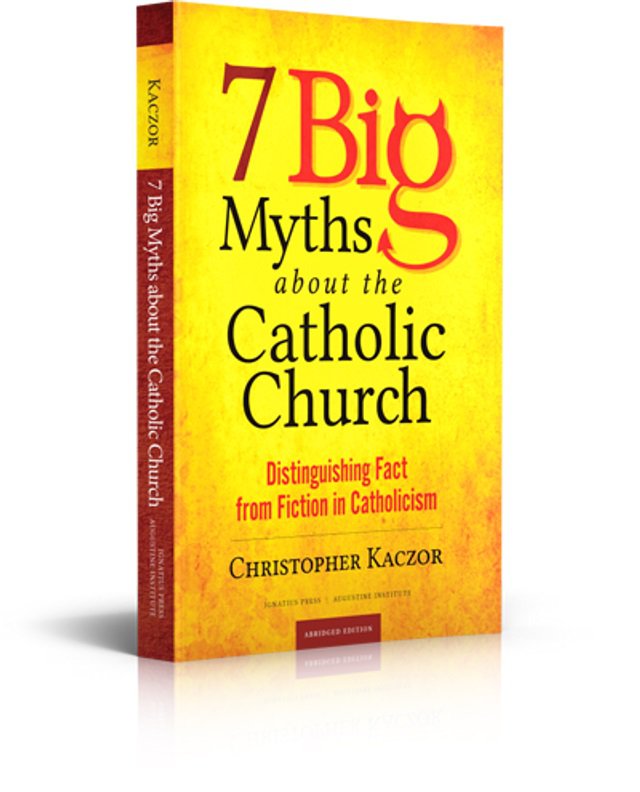
The Roman Catholic Church has long been the target of suspicion and hostility. But how much of this is based on ignorance and prejudice and how much is the fruit of thoughtful consideration of the facts?
This book separates fact from fiction. Without excusing or justifying wrongdoing, author Christopher Kaczor clarifies official Catholic teaching and demonstrates that much popular opinion about Catholicism is based on misunderstanding and misinformation. He also provides robust and lucid arguments for Catholic belief and practice.
You can find the book online HERE.
The Splendor of the Church
An audio presentation of a conference titled, "The Splendor of the Church" will provide the listener with expert insights into the Church from fom a Biblical perspective. You can find the talks on Formed HERE.
Below are the minute marks of where you can find each individual talk and the name of the speaker.
0:00 Dr. John Bergsma - The Priesthood in John
1:02 Dr. Brant Pitre - Pentecost and Confirmation
2:02 Dr. Scott Hahn - The Church in St. Paul: Corinthians
3:18 Dr. John Bergsma - The Church as Temple
4:21 Dr. Brant Pitre - Did Jesus Intend to Found a Church
5:26 Dr. Scott Hahn - The Church in St Paul: Romans
6:42 Dr. John Bergsma - The Church as Bride
7:49 Dr. Brant Pitre - Jesus and the Kingdom of God
8:56 Dr. Scott Hahn- The Church in St. Paul: Ephesians
Figuring out the Church
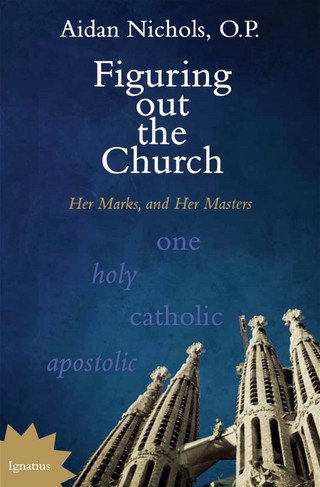
Here is a book for more serious readers...
The Church is a mystery. Believers who want to enter more deeply into that mystery will reflect on the Church's basic characteristics, the "marks of the Church": what it means for the Church to be one, holy, catholic, and apostolic. Non-Catholics and nonbelievers looking to appreciate how Catholics regard the Church also will desire to understand these "marks".
In this book, renowned Dominican theologian Fr. Aidan Nichols explores the Church's characteristics. Drawing on insights from four theological masters-Henri de Lubac, Jean Tillard, Hans Urs von Balthasar, and Charles Journet-Nichols seeks to help Catholics and non-Catholics to "figure out" the Church, on at least a fundamental level. The four masters in question do not claim to exhaust the mystery of the Church, nor does Nichols. They do, however, assist the reader in going deeper into the mystery.
You can find the book online HERE.

